
How to match a preamplifier with a power amplifier?
A memo for audiophiles on choosing the right partners in amplification
16.12.2024 12:30 | ~3 minutes read
Dividing amplification circuits into a preamplifier and a power amplifier is one of the main cornerstones of High End audio. Such installations offer the highest possible quality due to the isolation of critical signal transmission circuits and the use of independent power supplies - but they also conceal a lot of pitfalls and possible errors in the pairing of components. In this article, we will try to highlight the main critical points of such a selection of equipment and highlight the most important specifications of amplification equipment that you should pay attention to when choosing.
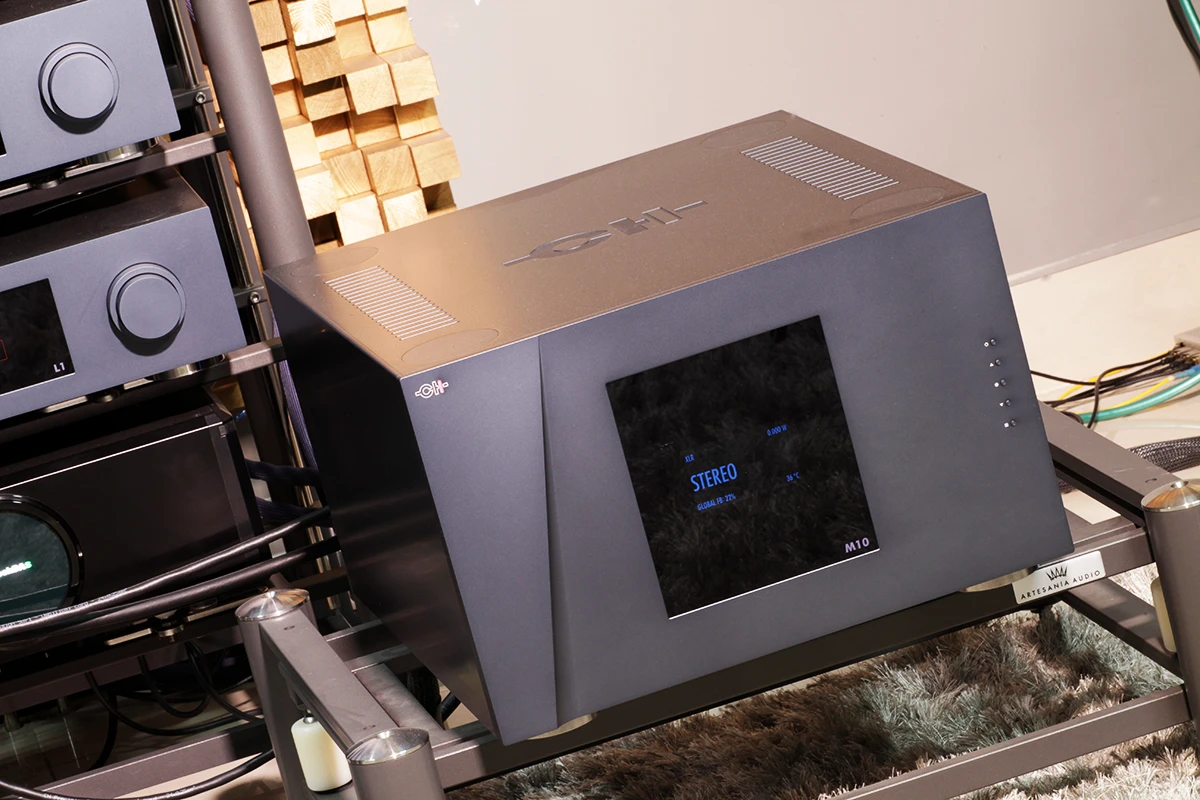
Gain is the most important characteristic of a preamplifier
As the name suggests, a preamplifier is a device that matches and amplifies the signal from the source to the power amplifier. The most common installation error is the introduction of a preamplifier into the system that is not able to "drive" the power amplifier, or overloads it with an increased signal level. So, you need to start by matching the parameters of the gain factor guaranteed by the preamplifier and the sensitivity of the power amplifier input.
The input and output voltage are two parameters that the preamplifier and power amplifier must "satisfy"
If the input voltage of the power amplifier exceeds the output voltage of the preamplifier, then no high-quality interaction between the components will work (the output voltage is the maximum that the preamplifier can provide, the input voltage is the value with which the power amplifier can guarantee its parameters). This also works in the opposite direction - if the output voltage of the preamplifier exceeds the specifications of the power amplifier, sound distortion cannot be avoided.
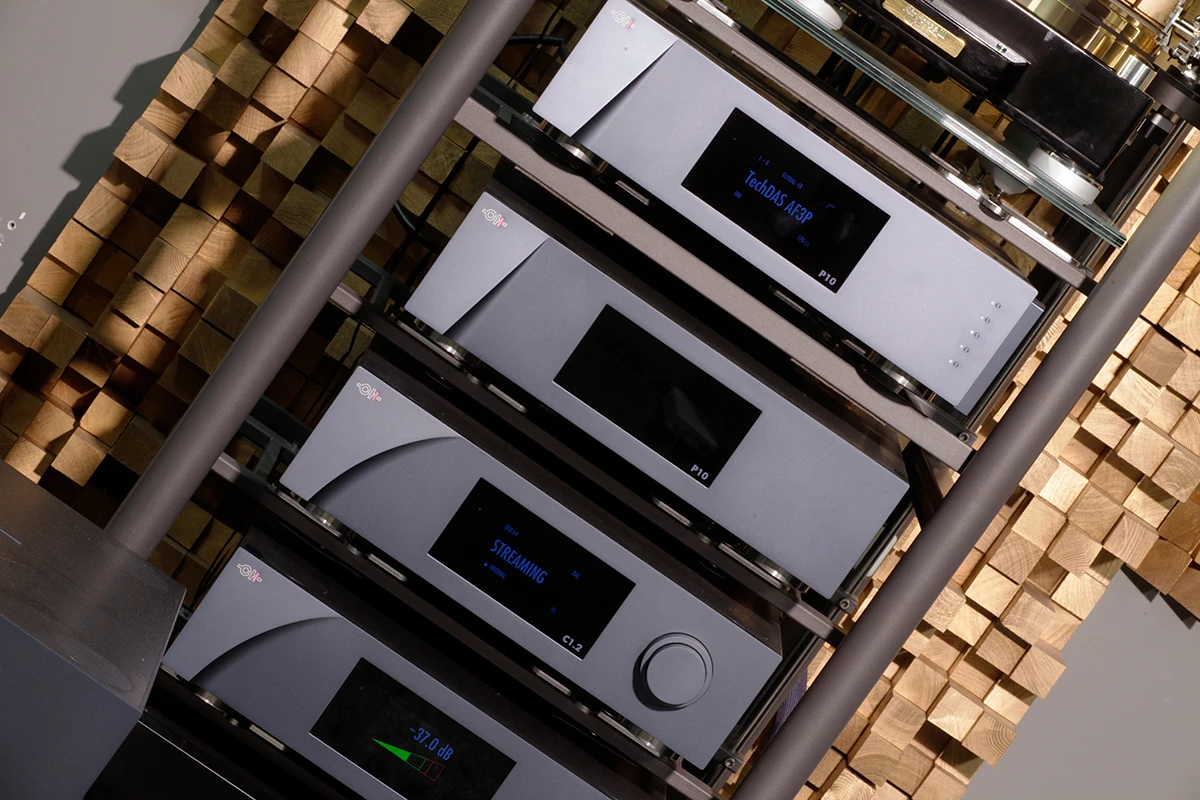
The input and output resistance must also be matched
You can count on good sound if the resistance of the path to the flow of electric current is arranged as a "ladder", in which the input resistance of the power amplifier exceeds the output resistance of the preamplifier. Otherwise, we will get an increased load on the preamplifier - and, as a consequence, a deterioration in the quality of reproduction.
Bandwidth of amplifiers is the primary criterion for evaluating devices
When evaluating the performance characteristics of amplifiers, we often focus on such parameters as THD, signal-to-noise ratio, dynamic range – but, in fact, at the current level of technology development, even Hi-Fi equipment already has good characteristics. Bandwidth or frequency response is noticeably more important – that is why High End equipment achieves a stunning frequency response of up to 1 MHz, such a bandwidth guarantees exceptional sound quality (despite the fact that the human ear cannot hear these frequencies, devices with a wider frequency response always show themselves in the path as giving more air and better stage).
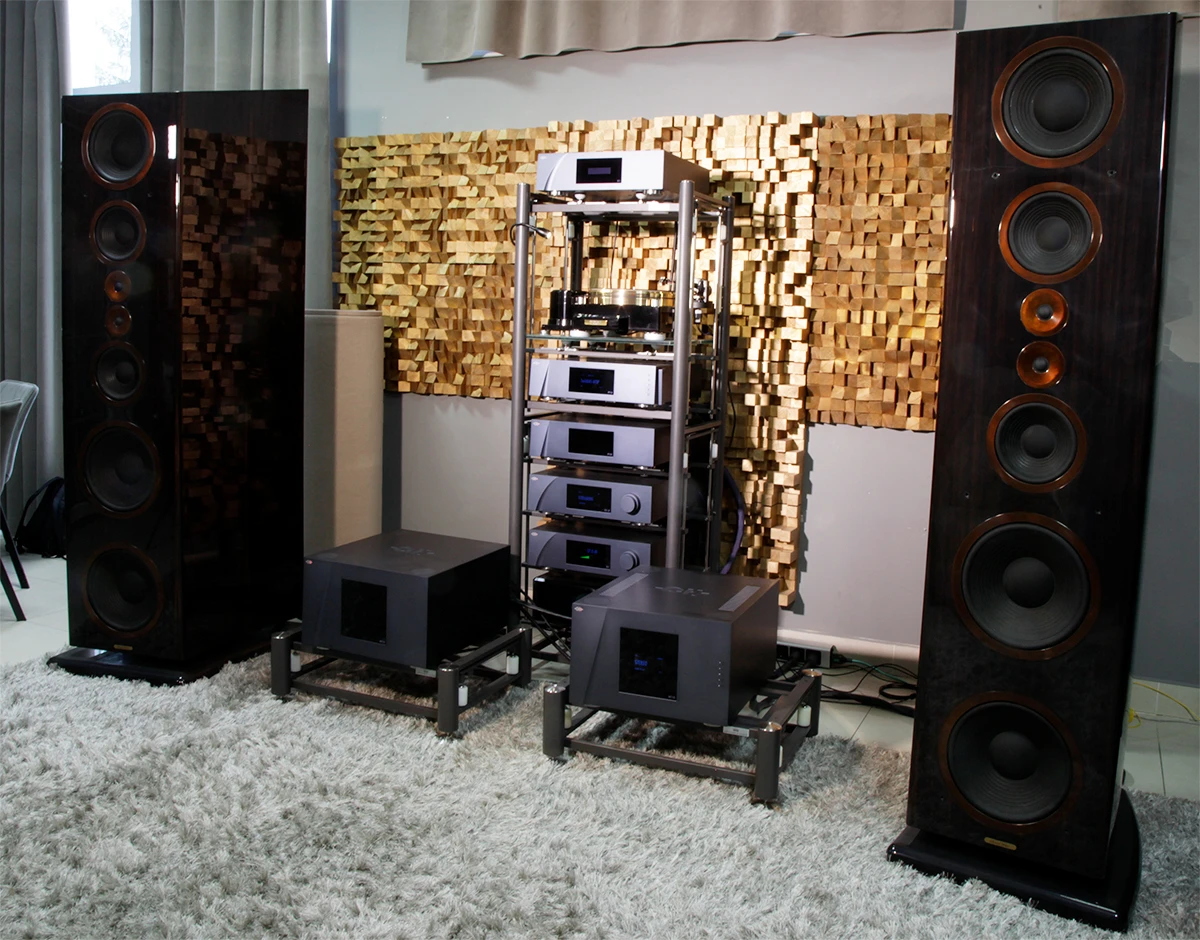
The weight of devices in many cases helps to evaluate the capabilities of their power supplies
Sometimes the mass of the device is gained by a cast-iron plate welded to the lower surface of the case – but such an anti-vibration approach is rather rare. In most components, power transformers are responsible for the mass of the device (both the power amplifier and the preamplifier). And the rule here is simple - the more each component weighs, the better, since the greater the power reserve of the power supply, the more stable the sound.
A tube preamplifier can really "ennoble" the sound
Do you dream of a velvety "analog" sound? Think about introducing a tube preamplifier into the system - a tube stage, if implemented correctly, provides an increase in both openness and naturalness of the sound picture.
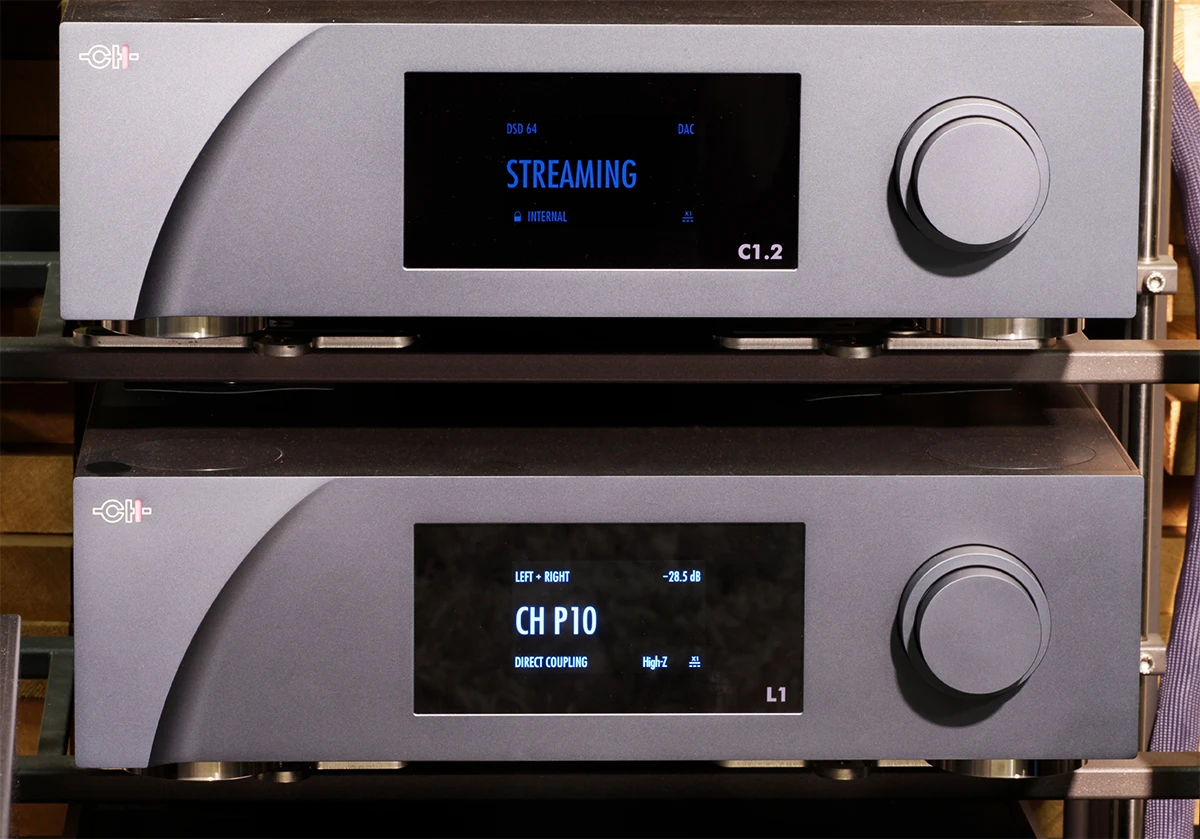
Balanced connection is almost always a blessing
In the vast majority of cases, if the devices are built using balanced circuits, you need to use XLR connectors and XLR connectors to connect them. A higher level of the transmitted signal guarantees the best resistance of the circuit to interference.
More content
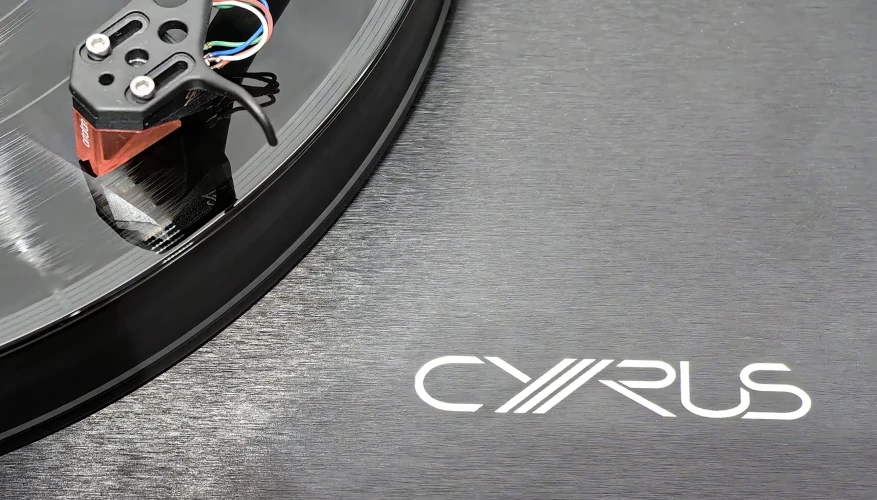
Cyrus TTP Turntable review – 24 Kilograms of Force in a Compact Case
An Impressive Vinyl Turntable from the UK
The first and only turntable in the model range of the famous British company Cyrus, the Cyrus TTP Turntable fits perfectly with the rest of the company's models range (from the Classic PHONO to the Cyrus Classic or XR preamplifiers or integrated amplifiers) and offers extraordinary playback quality in its price category. We tested the turntable and studied it in all details - let's understand both the design of the player and its musical capabilities.

How to Choose an Audiophile Subwoofer - 2025 Rating
Thunderbolts of Sound
While a standard stereo system typically uses a pair of full-range loudspeakers, triphonic solutions, focused on acoustics with limited bass extension, supplemented by an active subwoofer, are gaining popularity. In this expert analytical material, you will find seven subwoofers specially selected by the editors - suitable specifically for music installations. The rating starts with relatively inexpensive devices and ends with genuine High-End.

Choosing a High-End Stereo Power Amplifier - 2025 Rating
Muscles for Audiophiles
A component system is the alpha and omega of a High-End system, and a stereo power amplifier is its heart. It is the power amp that is responsible for revealing the talents of the acoustic systems, controls the speakers and forms the foundation of the system's sound signature. Our new selection contains eight of the latest exceptionally powerful extra-class amplifiers - from High-End devices to the stunning Ultra High-End echelon. So, how to choose an amplifier that can handle any speakers is a solved problem.

Top 10 Best TWS Headphones of 2025 – Audiophile Guide
Which True Wireless Headphones to Choose in Terms of Sound Quality
TWS headphones have become an integral part of our lives – but, as usual, we are interested in Hi-Fi and High-End models that can satisfy the needs of audiophiles. It is not always possible to sit in front of a home system – or take large-sized overhead headphones on the road. TWS models have made a quantum leap in terms of music reproduction quality – and the ten models presented below can satisfy even the most demanding music lovers.

The Future of High-End Loudspeakers
A Visionary Look at the Next Generation of Audiophile Sound
Beryllium tweeters, first introduced into speakers in the 70s of the XX century, are back in fashion - and have become much more technologically advanced. What can I say about beryllium, now diamond diaphragms are also in use - even on midrange drivers. That's not even mentioning carbon fiber cones, iron-free magnet systems, or zirconium baskets. What does the future hold? In this article, we'll look at modern acoustics design ideas, analyze new technology trends, talk about innovative loudspeakers designs, and more. We'll also consider how acoustics can evolve their designs in the next decade and beyond.


